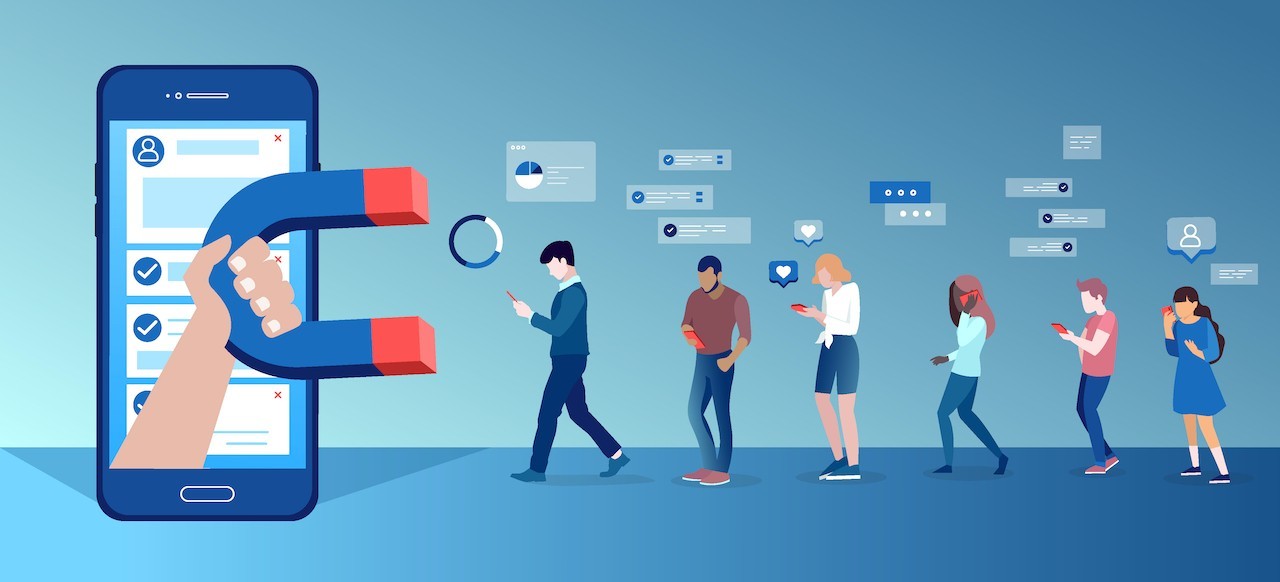The retail industry is always evolving, and these days, change is coming at a faster pace than ever before. Over the past 10 years, spending patterns and customer expectations were shifting quickly, and this was before COVID-19 changed the game forever. As the sector continues to adapt its business model in real time, retailers will also need to ensure their workforce is built with that same adaptive capacity and agility in order to thrive long term.
Here are three ways today’s retailers can maintain a satisfied customer base by putting their people first:
1. Reskill employees.
Reskilling workers is crucial to meet the newfound consumer demands caused by the pandemic. Shoppers today have new expectations that weren’t there before — from different methods of receiving goods, to higher levels of sanitization, new processes, changed floor plans with one-way traffic flow, and more. To manage this, employees need to shift from traditional sales roles to a more modern skillset, including customer service, e-commerce and fulfillment. To adapt to an environment that’s in constant flux, retailers will need to change how they manage their workforce.
Retailers need to strike a balance between creating an enjoyable, safe consumer experience while doing the same for their employees. To do this, retailers need to embrace modern technologies to help them harmonize the consumer and employee experience by relying on technologies to reskill the workforce. Attempting to preserve legacy systems and strategies will prolong the negative implications of this pandemic.
2. Embrace modern technology.
Modern workforce management technology can help inform retailers’ business planning strategies with a data-driven intelligent approach, including effective scheduling software.
Workforce scheduling, learning and communication technologies can significantly improve employees’ confidence in returning to work, along with providing peace of mind for employers. With modern scheduling technologies, employers can easily manage, track and adjust schedules and tasks to ensure that they’re meeting new customer demands, while reducing the risk of noncompliance to hour and wage, labor laws, fiscal governance, and operational policies and procedures.
Modified shopping options for consumers such as delivery, curbside pickup, BOPIS (buy online, pick up in-store) and BOSS (buy online, ship to store) are now common methods among retailers, which have been forced into digital transformation. Leveraging innovative workforce technologies is a must if retailers want to be prepared to handle the change in customer demand — and these new consumer behaviors are likely to stick.
3. Foster workforce confidence.
Engaging and caring for your workforce during and after the COVID-19 pandemic is vital to employee wellness and productivity. A well-cared for and productive workforce will help instill confidence within customers and impact foundational change. This can take place in many forms, including providing resources for employees to help them stay on top of safety precautions and changes. A central learning platform for employees to learn and maintain proper health and safety guidelines in an easily accessible way to ensure the safety and confidence of employees.
In an uncertain economic climate, allowing workers to access their earned wages anytime, anywhere, with on-demand pay software will contribute to employees feeling more secure, cared about and financially stable. By thinking beyond the typical twice-monthly pay period and giving employees the freedom and flexibility to access their earned wages on-demand, retailers will instill a sense of confidence within employees. This in turn can positively impact the customer experience, inspiring associates to go above-and-beyond for customers.




